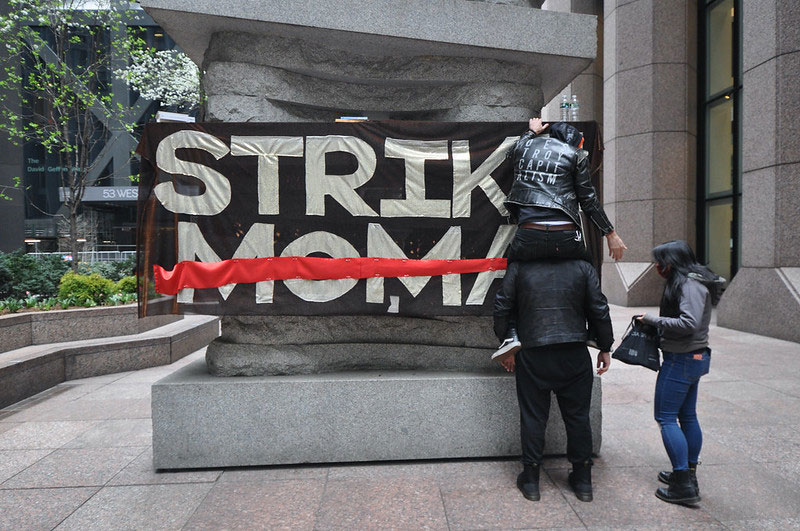
January 23, 2017; San Jose Mercury News
NPQ has published a number of newswires about car donation programs that have run awry of regulators. Two came out in 2015, one from Minnesota and one from California. In Minnesota, the program, the Car Donation Foundation, operated nationally and was reportedly one of the largest such operations. CDF spent millions of dollars paying vendors that were actually for-profits owned by the founder/managers of the charity. As we wrote then:
In 2014, the Car Donation Foundation ended up on the “Scrooge List” published by the South Carolina secretary of state and the Oregon AG’s “Worst Charity” list, so we have to assume that they had some awareness that there were problems afoot.
In California, when we last reported, the attorney general’s office was trying to close two operations—Cars4Causes and People’s Choice Charities, the latter of which returned only three percent of its revenue to charity. Still, that’s better than the 1.7 percent returned to Durable Medical Equipment Aid Society by Fund Raising Partners, now of Redondo Beach. That company processed vehicle donations for the benefit of that nonprofit worth $1.6 million but only handed over $27,235, according to the attorney general’s office. The same firm handled car donations totaling $593,889 for Faith’s Hope Foundation in Fullerton, and that nonprofit received even less at 0.5%—or in dollars, just $3,213.
Not all car donation programs, which are inherently expensive, do business in this way. In fact, in 2015, the revenue from vehicle donations in California was $64.2 million in 2015, with charities getting about $25.5 million, or 39.8 percent. But the range of what is returned to the charity varies enormously, with the high end of returns coming from two companies:
Sign up for our free newsletters
Subscribe to NPQ's newsletters to have our top stories delivered directly to your inbox.
By signing up, you agree to our privacy policy and terms of use, and to receive messages from NPQ and our partners.
- Advanced Remarketing Services of Warren, R.I., returned 78.4 percent to the Independent Charities of America in Larkspur, California, and 82 percent to the American Cancer Society in Atlanta.
- Automotive Recovery Services returned 74 percent to the National Council of the Society of St. Vincent de Paul in Maryland Heights, Missouri, and 69 percent to the National Kidney Foundation in New York.
Zachary Lasky is the e-commerce product manager for Advanced Remarketing Services. “Our goal is to return 70 to 80 percent to the charity—we form a partnership with them. We’re not trying to pull the wool over anyone’s eyes,” Lasky said.
It can return so much because it doesn’t depend solely on auctions to sell the vehicles, he said. That includes selling directly to buyers, which cuts down on auction fees. Advanced Remarketing Services also avoids storing vehicles for long period of time—which cuts down on storage fees—and on expensive towing.
“It’s definitely disappointing to see people taking advantage, maybe not have the best interest of the charity they work with at heart,” he said.
But, writes reporter Teri Sforza of the Orange County Register, the charities themselves that accept such small portions of the money raised using their name deserve plenty of scrutiny themselves. Donors should exercise plenty of caution. For instance, Fullerton’s Faith’s Hope Foundation, which was on paper devoted to “assisting families going through the emotional and financial hardship due to the hospitalization of a loved one,” spent $3.5 million in 2012 according to its 2012 Form 990, and $3.3 million of that went to fundraising. Since that 2012 990 was the last filed, the IRS revoked Faith’s Hope Foundation’s status last year.—Ruth McCambridge













